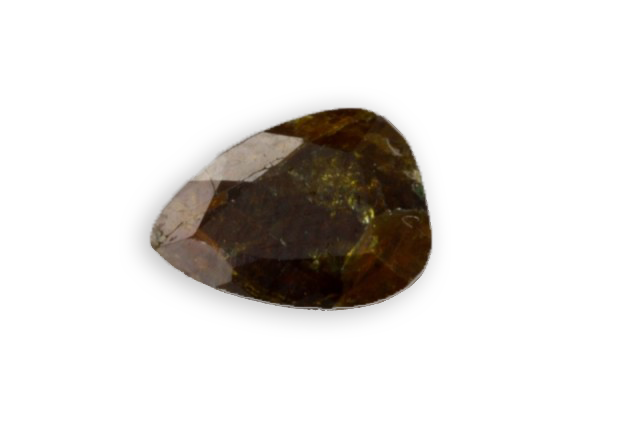
none
Je vous emmène à travers mes vidéos découvrir mon expérience acquise depuis plus de 30 ans a silloner le globe entier à la recherche de pierres précieuses, de rencontre mémorables mais aussi de difficulté parfois …
actualités
Categories

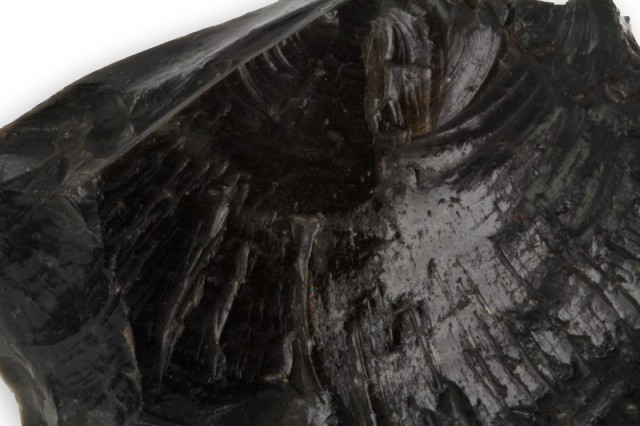
obsidian
Its name comes, according to Pliny, from Obsidius who brought it from Ethiopia, which would have led the Romans to call it “obsidius lapis”. From the seventeenth century we find the names of hyalopsite, mountain mahogany, Iceland black agate, mirror of the Incas, gallinaceous stone
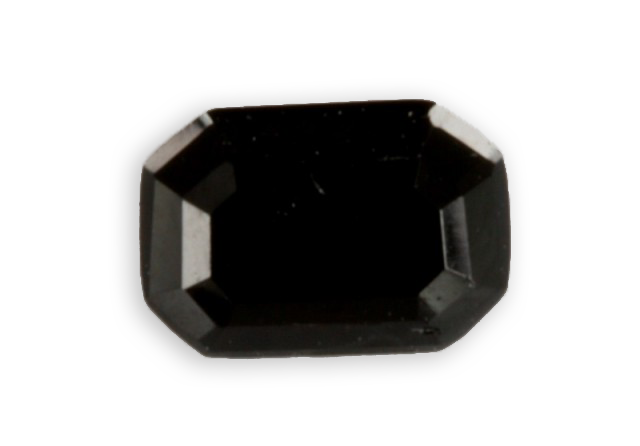
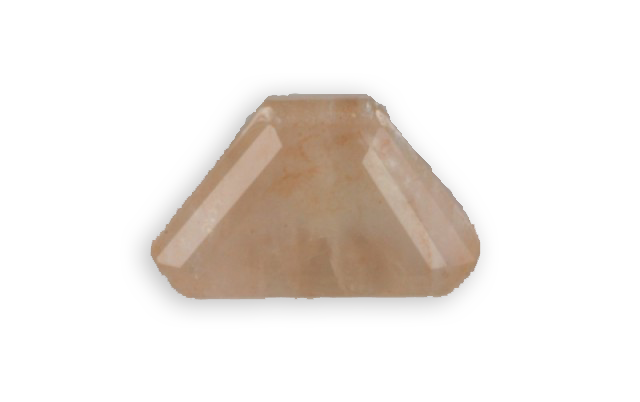
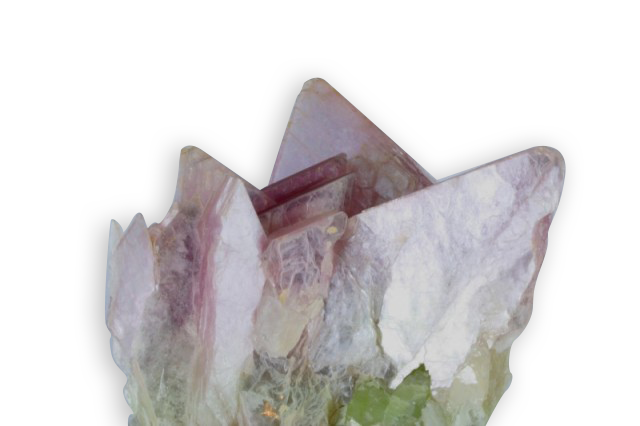
muscovite
Discovered by the famous mineralogist James Dwight Dana in 1850, it owes its name to the “glass of Moscow” (vitrum muscoviticum), as the large plates, heat-resistant were used as windows for stoves and furnaces in this region. The hardness varies from one to two depending
